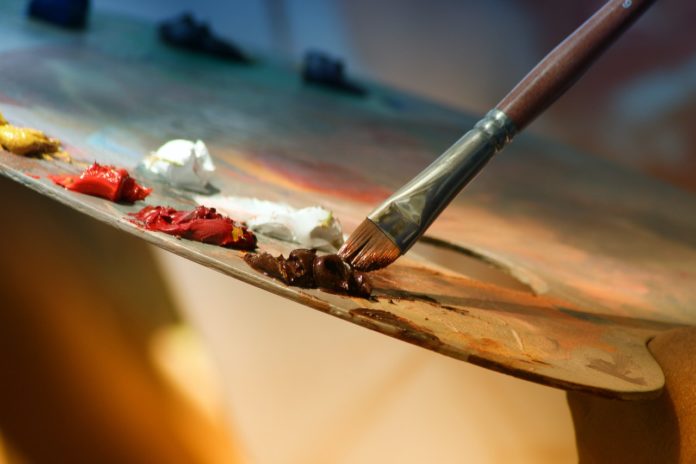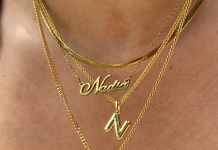It is easy to feel overwhelmed by the wide range of paint brush possibilities. As a result, it might not be very comforting to go down the paint brush section in an art store.
As a result, there are good paint brushes from excellent brands like Da Vinci paint brushes to identify the different kinds of paint brushes. But, with many options, how do you know you’re getting the right brush for the job, application, or media? Here is information you should know.
Bristles/Hairs of Paint Brushes
The hair type present in the brush’s bristles is perhaps the most significant thing to consider when selecting the proper paint brush for your application.
Choosing the wrong bristle type might lead to unsatisfactory results and a difficult painting experience. Here are a few types of bristle brush you should know:
- Sable — This type of brush, commonly used in watercolour and oil painting, can hold a sharp tip for the controlled image.
- Hog Bristles – are coarse and tough and are derived from a hog’s hair. Brushes for heavier paints, like oils or acrylics, are available at a low cost.
Because this type of brush can hold a large amount of paint, brush strokes are clearly defined.
- Squirrel – A soft but springless alternative to sable, squirrel brushes are more difficult to manage.
These medium brushes may produce a fine tip even if they don’t have any spring. Squirrel hairs come from the tails of Gray and Brown Squirrels, as their name indicates.
Squirrel brushes are ideal for thin paints like watercolours and inks.
- Pony- These brushes are natural hair from adult horses — coarse and stiff fibres. Water-based paints like watercolour, acrylic, and oils are typically applied with these brushes.
When Choosing the Right Size of Your Paint Brush
Choose a tiny brush for more precise control when painting or varnishing woodwork. For most woodworking projects, a 1-1/2-inch-wide brush will be enough.
However, if you’re painting trim broader than 3-inches, a meeting up to 2-1/2-inches wide might be a better choice.
A paint brush is generally used for cutting in when painting walls. Professionals occasionally use 3 or 4-inch-wide brushes, but a 2-1/2-inch-wide ones would do for most DIYers.
Choose A Bristle Type That Complements Your Finish
Paint brushes come in two varieties: synthetic bristles and natural animal hair bristles. Select a brush with synthetic bristles if you are using brushes from brands like Da Vinci paint brushes or varnish that can be washed with water.
Oil-based paint may be applied using synthetic-bristle brushes, although natural bristles produce a better finish in most circumstances.
To apply water-based finishes, avoid using a natural bristle brush.
Difference Between Long and Short Handles
Long-handled brushes are generally used to make paints on an easel. Longer handles enable the artist to hold the meeting closer to the end of the handle.
Smaller painting, detail work, and flat surface work are often painted using shorter brushes. Shorter handles enable the artist to approach the image without blocking the view.
To Sum It Up
Finally, the ideal paint brush for an artist is to feel comfortable. It’s all about the marks and the result, whether short or long-handled, filbert or flat.
It may take some time and trial and error to figure out what works best for you and your application.









